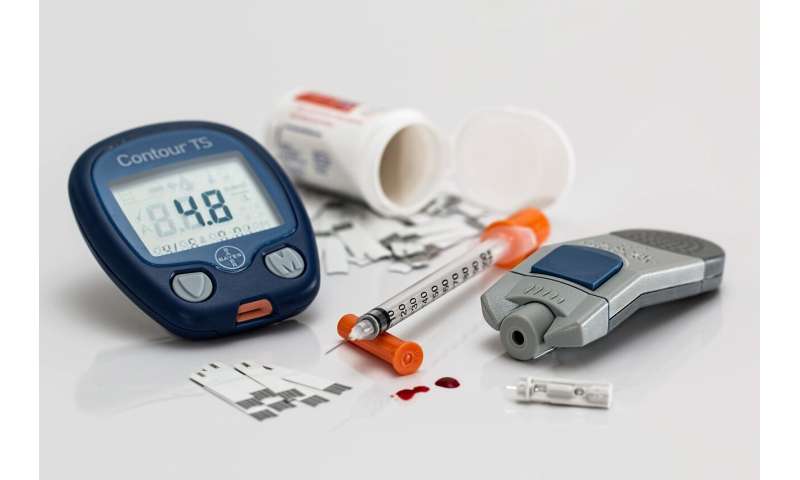
Some continuous glucose monitoring (CGM) alarm features and settings may achieve better blood sugar control for people with type 1 diabetes, according to a study published in the Journal of the Endocrine Society.
The most common way to check blood sugar is the finger prick method. This test is done between 1-6 times per day and is difficult for most people. Using a CGM allows patients to check blood sugar automatically, even while they’re sleeping. This frequent monitoring can lead to better outcomes when managing diabetes, but patients with type 1 still face challenges with avoiding high and low blood pressure daily.
“Managing type 1 diabetes is a constant battle between high and low blood sugar levels, and many patients using CGMs continue to struggle to find a balance,” said the study’s corresponding author, Yu Kuei Lin, M.D., of University of Utah School of Medicine in Salt Lake City, Utah. “Our study pioneeringly demonstrated that some CGM alarm features and settings may achieve better blood sugar control for patients with type 1 diabetes.”
In this study, researchers examined data from 95 patients with type 1 diabetes to better understand the associations between CGM alarm settings and blood sugar levels. They found different CGM blood sugar thresholds for high and low blood sugar alarms were associated with various hypo/hyperglycemic outcomes, and suggest adjustments to these thresholds could lead to better management of hypo- and hyperglycemia.
Source: Read Full Article



